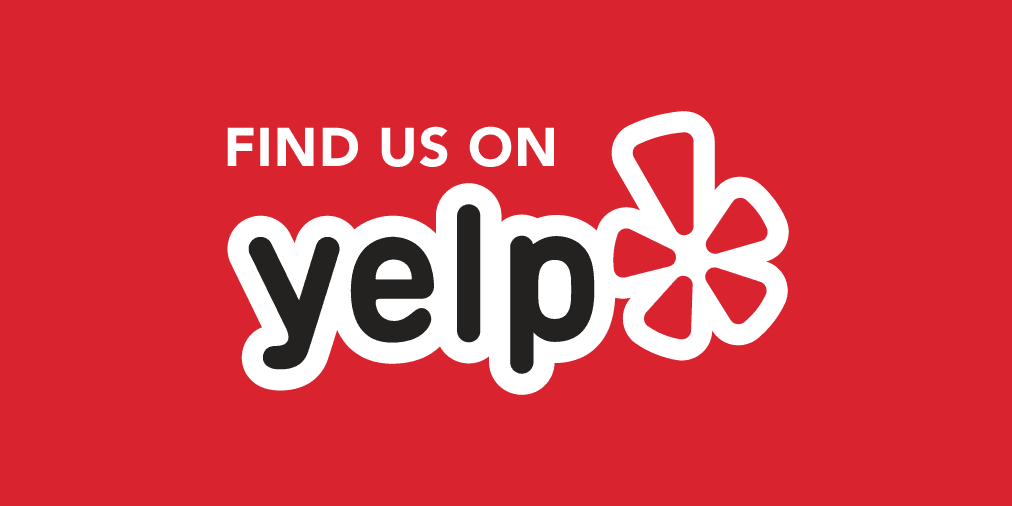Trending topics don’t happen on local scale anymore. With growing accessibility to technology, we are now living in a landscape where change is constantly accelerating. So, when a new product, service, experience, or business model is introduced, there is a shorter road map for businesses to get, and stay, ahead of the curve. However, trend-driven innovation cannot be successful simply based on how fast you are able to innovate. Instead, adapting and applying the trend to one’s product, service, experience, or business model is what makes a company sustainable long term. Here’s how companies have been able to leverage innovative trends to produce products and/or services that are well adopted globally.
Before discussing trends that have mastered local adaptation, know that consumer trends are based on universal, basic human needs. In other words, any trend originating from anywhere should have the ability to serve everyone around the globe. The perception from a business standpoint is as follows: How can I address the behaviors, customs, concerns, and challenges in my market using the context of this new trend?
Sympathetic Pricing

In 2013, South America brands focused their efforts on authenticity and passion. As a way to prove they really cared about their customers, companies began to offer targeted deals and discounts that addressed individual pain points or shared challenges. For example, In December 2013 an Argentinian appliance brand, BGH launched the Mi Casa Es Un Horno campaign (‘My Home Is An Oven’). The campaign offered larger discounts to those who lived in hotter areas. All prospective customers needed to do was input their address on BGH’s online platform and, if the temperature was hotter in their area, they would receive a bigger discount.
The human aspect of business principals and decision-making are becoming more adopted as time goes on. This is because Sympathetic Pricing can be adapted on a global scale as it simply addresses human pain points and shared local issues. Not only are you able to localized and therefore personalize your service, but you are adapting to a trend and, of course, increasing revenue.
New Normal

Today’s global connectivity is giving rise to cross-societal acceptance surrounding family, sexuality, gender roles, and aging values. Brands, as a result, are embracing today’s new normal by celebrating and empowering new, non-traditional lifestyles. For example, Zara, an international fashion line, recently launched their unisex clothing line called Ungendered. The 16-piece clothing line includes jeans, t-shirts, bomber jackets, and more with both male and female models sporting the same clothing.
Considering today’s normal is new, 5 years down the road, the new normal could be entirely different. That’s why this trend is constantly changing. It has the ability to be adopted by any company both for their internal brand and external brand.
The trends mentioned above are a small peak into many innovative trends we are seeing today. The concept is simple, but adapting to these trends is another challenge. Are you ready to be a master of local adaptation?









